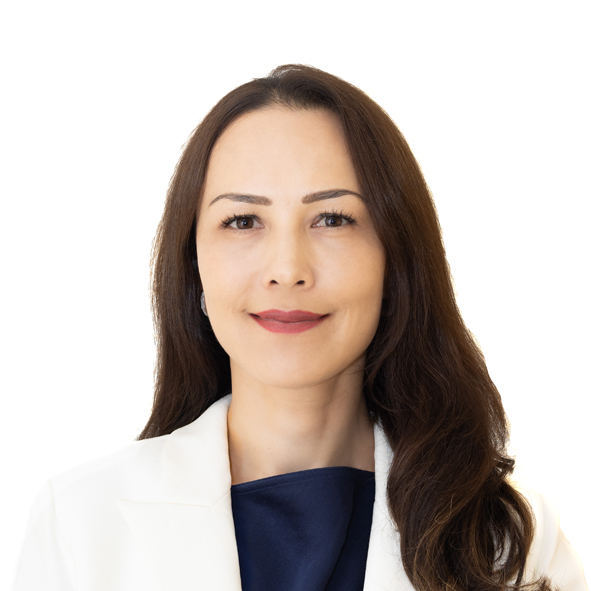Sandie Johannessen, director of health & wellness, Zulal Wellness Resort by Chiva-Som

Sandie Johannessen / Photo: Sandie Johannessen
The past few years have taught us that health is a valuable commodity we can’t take for granted. Medical wellness is key to this and it’s coming into its own now more than ever.
Instead of being passive recipients of care from a medical professional, more people are taking steps to avert issues before they happen.
This is befitting of the ‘medical/integrative wellness guest’ model, which usually encompasses a whole-person approach that involves a team of professionals working collaboratively to ensure the best health outcomes for the individual on a physical, emotional and spiritual level.
Exercise, nutrition, relaxation and massage come into play and luxury hotels are also increasingly investing in high-grade medical equipment and diagnostics, as well as holistic healthcare professionals, to add scientific credibility to their wellbeing offerings.
And with blood work being the new ‘passport to wellbeing’, guests can gain insights into everything from micro-nutrient deficiencies to management – or even diagnosis – of conditions from high blood pressure to diabetes.
On the other side of the coin in the Middle East, where I’m based, new hospitals are replicating the five-star hotel experience for patients, recruiting hoteliers and therapists for their skills.
So the question is are these two models really so separate? Or do they each, in fact, stimulate growth, learning and development in the other?
With researchers, scientists, medics and therapists working together towards longer and healthier lives for all, the future truly does look bright – from hospitality at a cellular level to hospitals that encompass a holistic approach to healing.
This is why the integrative wellness world excites me and why I’m looking forward to seeing just how much the lines between patient and guest can and will blur in the future. What fascinates you about the integrative/medical wellness world?
With researchers, scientists, medics and therapists working together towards longer and healthier lives for all, the future truly does look bright
